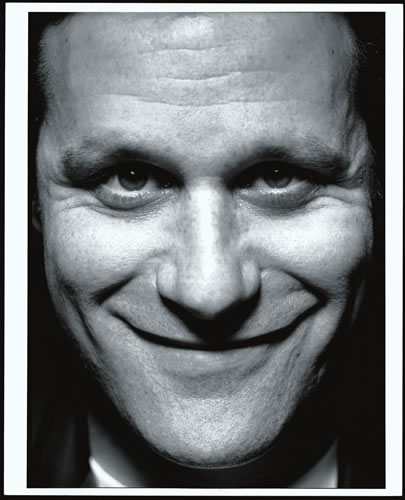 Portrait by Russel Wong, taken in Raffles Hotel, Singapore, 1997
Portrait by Russel Wong, taken in Raffles Hotel, Singapore, 1997
“A kind of Seventh Avenue Oscar Wilde” Time magazine called Isaac Mizrahi in 1998, after the shocking news broke that the superstar designer was closing up shop. The dimming of lights at Isaac Mizrahi & Co. marked the end of a spectacular run for the Brooklyn native, who had been a fashion and media darling since his first rave reviews more than a decade before.
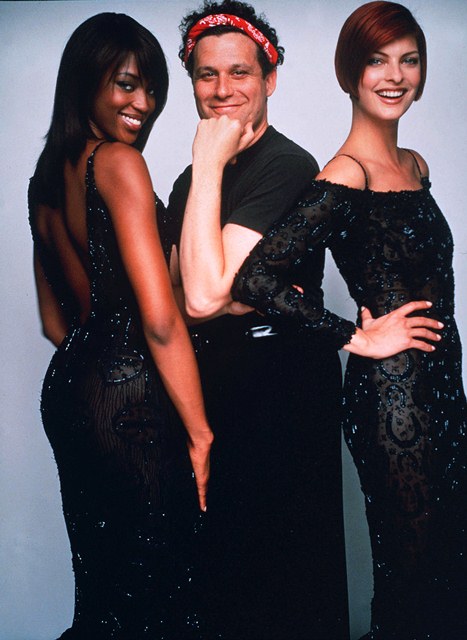 Naomi Campbell, Isaac Mizrahi and Linda Evangelista. Photo by Mario Testino
Naomi Campbell, Isaac Mizrahi and Linda Evangelista. Photo by Mario Testino
Beloved both on and off the runway, the mop-haired raconteur was already a household name when he made a charmingly manic appearance in the fashion documentary Unzipped. By trailing the designer as he prepared his fall 1994 collection (conceived with the help of an Ouija board), Douglas Keeve offered a tantalizing peek behind fashion’s velvet curtain in his film. But not even the king-size force of Mizrahi’s character was enough to sustain the ride. Though his couture-luxe line of candy-color (“Pink! The new beige!”) sequined slip dresses and mink-trimmed ball skirts was admired by critics and Park Avenue princesses alike, his star was destined to fall. Isaac Mizrahi, the personality, was, it appeared, bigger than Isaac Mizrahi the brand.
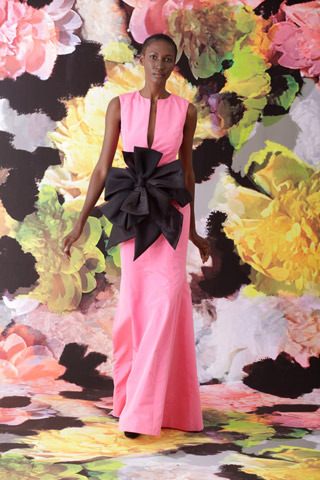 Dress from Ready to Wear Spring 2012 collection
Dress from Ready to Wear Spring 2012 collection
But after spending several years on other creative endeavors (including a one-man stage production, Les MIZrahi, and a talk show), the buoyant designer that Vogue once called “Fashion’s Favorite Son” was itching to get back to his first love.
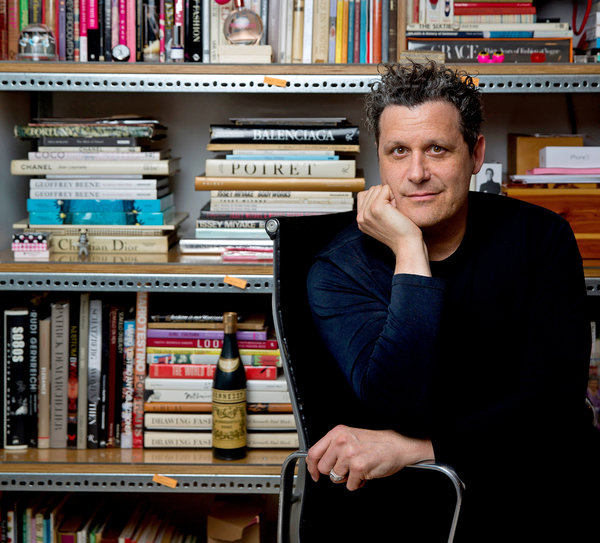 The polymath Isaac Mizrahi in his studio in Manhattan. Photo: Damon Winter
The polymath Isaac Mizrahi in his studio in Manhattan. Photo: Damon Winter
In 2003 he surprised the industry by announcing a multicategory deal with Target. Kicking the Mizrahi machine into high gear, he spun straw into gold, raking in as much as $300 million in annual sales for the bargain retailer and paving the way for it to forge lucrative partnerships with other high-profile designers. Meanwhile, Mizrahi was also working at the opposite end of the price spectrum, indulging in glorious fabrics and flamboyant silhouettes with a new haute couture line for Bergdorf Goodman. In a landmark 2004 show, Mizrahi helped popularize the high-low concept by pairing pieces from his two new lines on the same runway. “My goal is that you won’t always be able to tell the difference between what is Target and what is couture,” he said. “If it freaks out a few people now, it will turn them on a few months from now.” The risky proposition paid off, and a trend—populuxe, or luxury for all—was born.
In 2009, Mizrahi applied his golden thimble to the ailing Liz Claiborne brand with a fresh injection of his signature brights and prints. And in 2010 the tireless dynamo launched a collection for the shopping channel QVC, with a broad spectrum of products from jewelry and hats to cheesecakes adorned with his favorite tartans and polka dots.
Running like a thread through all these projects is a philosophy of bringing out the best and brightest from within his customers. To borrow the advertising slogan from his Isaac line: “Inside every woman is a star.”

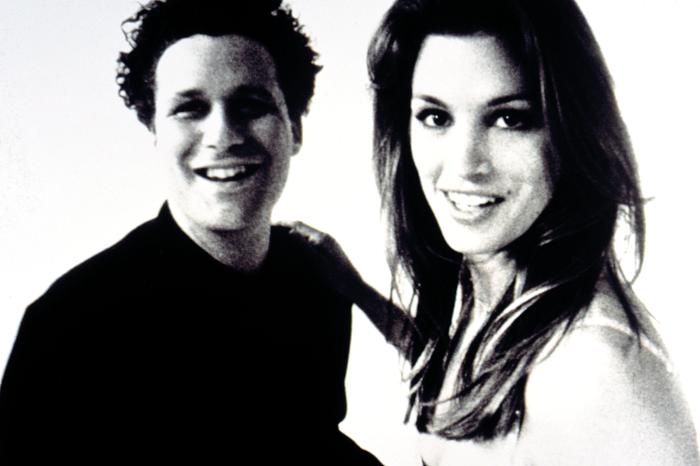

Reblogged this on Milieu de la Moda.
LikeLike